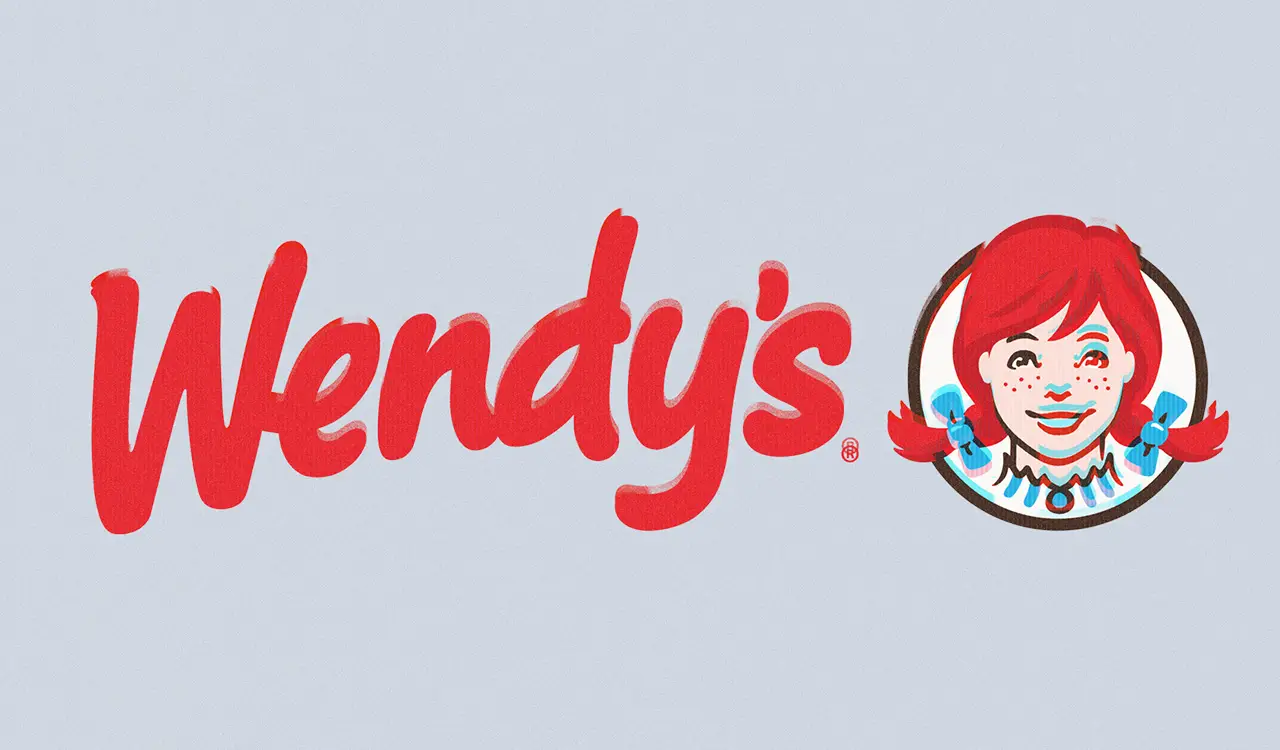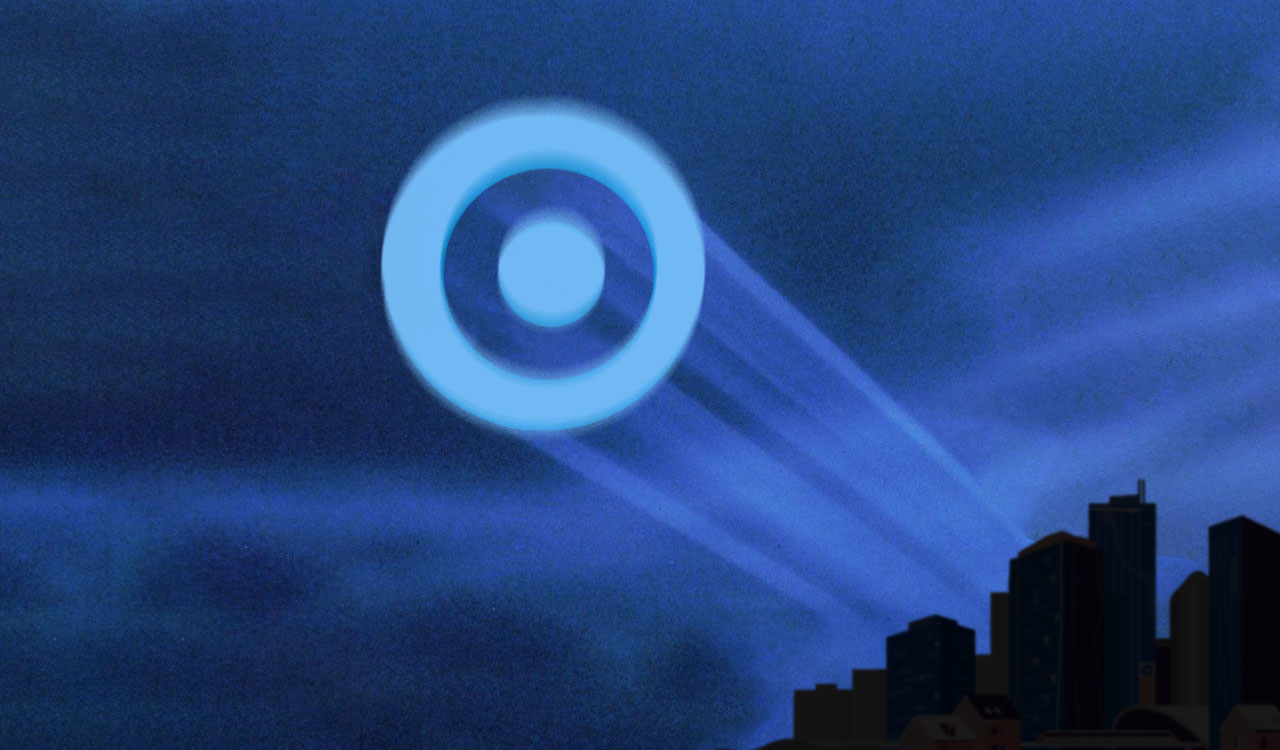Faster than you can flip a Dave’s Double, Wendy’s recently had to eat its words – not nearly as tasty as its burgers – and backtrack on statements it made about a new pricing policy.
How can executives who run multi-billion-dollar companies get it so wrong and fail to understand what stunts like Wendy’s do to their customers’ trust in that company and ultimately the company’s success?
While never actually using the word “surge” the fast-food chain, in releasing its financial results in February, Wendy’s said it would be bringing dynamic pricing to its menu. While it claimed it was talking about electronic pricing signage (don’t most fast fooders have this anyway?) those pesky people in the media read between the buns and concluded this meant it would be raising its prices during periods of peak business, ostensibly around high-demand lunch and dinner rushes.
Not so, said Wendy’s executives, frantically wiping away the secret sauce from their red polo shirts, denying they had even heard of the old Louis Prima classic, “First you say you do, then you don’t.” What we meant, they said, was, well, we love our customers and would never do anything to treat them badly. Our drive-thru is open for business.
All of which begs the obvious question, where’s the beef? More importantly, however, is something much more fundamental: how could executives who run multi-billion-dollar companies get it so wrong and fail to understand what stunts like this do their customers’ trust in that company and ultimately the company’s success?
Things Go Better Without Coke
If you want to cut Wendy’s a little slack, it’s OK. At least they swallowed their words quickly and said all the right things in the process. One could ponder why they didn’t go the extra step in rewarding their customers with something a little extra to make up for the bad press, like a free burger or fries — but maybe that’s asking too much. (Burger King, by the way, jumped on this and offered its own customers a deal on Whoppers.) Then again, it might just be another example of management that just doesn’t get it.
Either way, they join a long, inglorious list of companies that messed up big time. Certainly, the most well-known example is The Coca-Cola Co. in its handling of the roll-out of New Coke in 1985. Feeling the increasing fizz from Pepsi and its somewhat sweeter taste, Coke decided to reformulate its main product and debut New Coke.
To say it was a disaster is putting it mildly. Before the bubbles started going flat so too did sales of New Coke. Loyal Coke drinkers asked the obvious question, which was why did nobody ask us about this? We would have said we love our Coke just the way it is, Pepsi be damned.
It didn’t take long for Coca-Cola to bring back the original formula – now dubbed Coke Classic – and say we heard you, not to worry. In fact, if Coke had been listening, they wouldn’t have pulled this stunt in the first place. Eventually, sales of the original Coke (the Classic part got dropped pretty quickly) outsold what was being sold before, allowing Coca-Cola to claim victory…albeit a hollow one to be sure.
Oops, We Did It Again
If New Coke was the one they most often write about when it comes to this sort of bad behavior, it was far from the only one. Our erstwhile Robin Report managing editor Deborah Patton compiled some of the more blatant examples in her co-authored book, The Truth About Transformation.
Remember MoviePass? Maybe not if you’re under a certain age. Back in 2011, it was launched as basically an unlimited pass to see all movies all the time. Unlike Netflix, for instance, there were real costs associated with unlimited movie-going and it was a financial disaster, driving the company out of business in 2020.
“This use case is a goldmine for proving that data can provide customer insights to prevent a business model derailment,” Patton reported. “Analyzing expected customer behavior matched to financial results would seem obvious. Couple that with a comprehensive business model based on sound assumptions and MoviePass could have become the popular AMC Rewards ticket subscription service, not be eclipsed by it.”
Or how about two other cases from the restaurant sector? In 2003 some bright mind at Red Lobster decided an all-you-can-eat snow crab for $20 promo would be a good idea. Even though snow crab was only $5 a pound you really don’t have to be a mathematician – much less a fisherman – to know that hungry customers can eat a lot of the stuff when the meter’s not running. Red Lobster lost $1.1 million a month with this thing until they released the mythic kraken.
A&W, the root-beer-based fast fooder, had a completely different problem. In the 1980’s it introduced a one-third-pound burger to compete with McDonald’s quarter-pounder, figuring hungry Americans would eat it up…literally. Turns out many fast-food customers missed school the day they taught fractions and didn’t get that a third of a pound is actually bigger than a quarter of a pound. They rebuffed the A&W offer thinking they were losing money with the offer paying more for a smaller burger. Patton wrote that basic customer research would have revealed the potential problem. “This is also an example of management hubris: just because you think an idea is great does not mean your customers – or even your workforce – would agree.”
Penney Foolish
In the retail world, there is no better example of failing to do your homework than the Ron Johnson-era debacle at JCPenney during the early 2010s. A whiz kid at Apple and before that Target, Johnson was brought in by a big private equity investor (hey, let’s name names and assign some blame to Bill Ackman while we’re at it) to recreate the long-time but fading department store chain. He turned everything upside down, from its stores to its merchandising to its marketing…not to mention its business. In just about 18 months he managed to mismanage Penney to lose almost 25 percent of its revenues, no easy feat, mind you.
“Sales came to a screeching halt, as did Mr. Johnson,” Patton wrote and more than a decade and a bankruptcy later it’s not unfair to say Penney is still trying to recover.
“Johnson’s strategy neglected several key factors: market testing with customers and bringing management into his innovative thinking,” she wrote. “Instead, he made assumptions about loyal customers and the workforce’s ability to pivot without being included in the decision-making process. This is another example of hubris and leadership with blinders believing they have the best ideas, the most progressive solutions and a monopoly on innovation.”
Next?
No doubt, you can come up with your own chamber of horror occupants. And just as surely, there will be an endless supply of new members. All it takes is some limited thinking, hubris – great word, Deborah – and a room full of yes-men (and women) afraid to piss off the boss. That’s a winning combination for a losing outcome.




